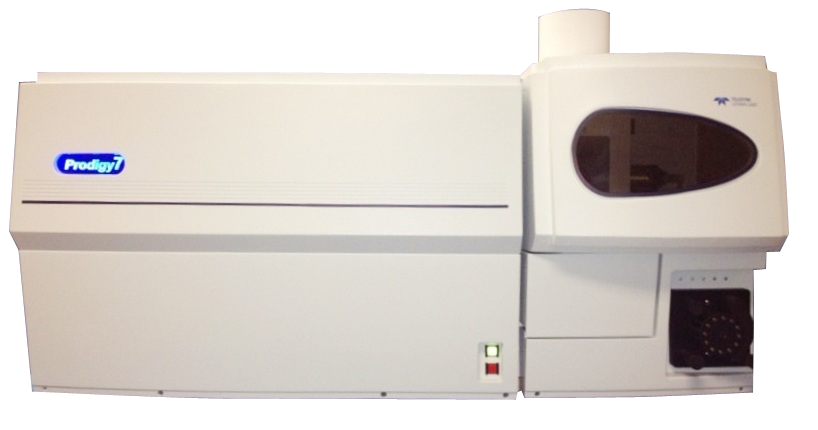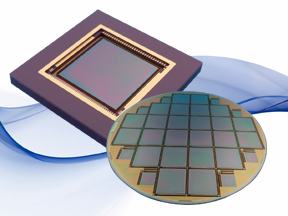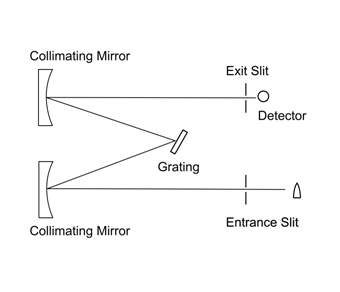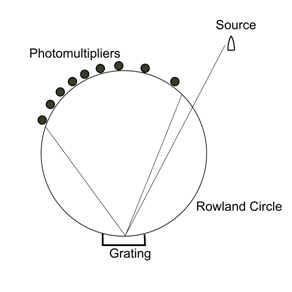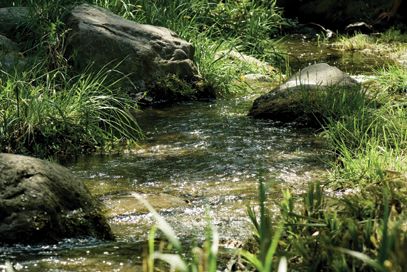This is part one of the story about Onondaga Lake, considered at one time to be the most polluted lake in the United States.
In early November 2014, Honeywell finished the dredging of Onondaga Lake, moving the lake one step closer back to a natural resource that can be used and enjoyed by the surrounding community. The lake in central New York covers more than 4.6 square miles, is one mile wide and 4.6 miles long. The early story of Onondaga Lake is one of prosperity and growth, turned to abuse and pollution. Once considered a public treasure with popular beaches, resorts and amusement parks, the lake fell victim to industrial development and the impact of a surging population.
Read More


